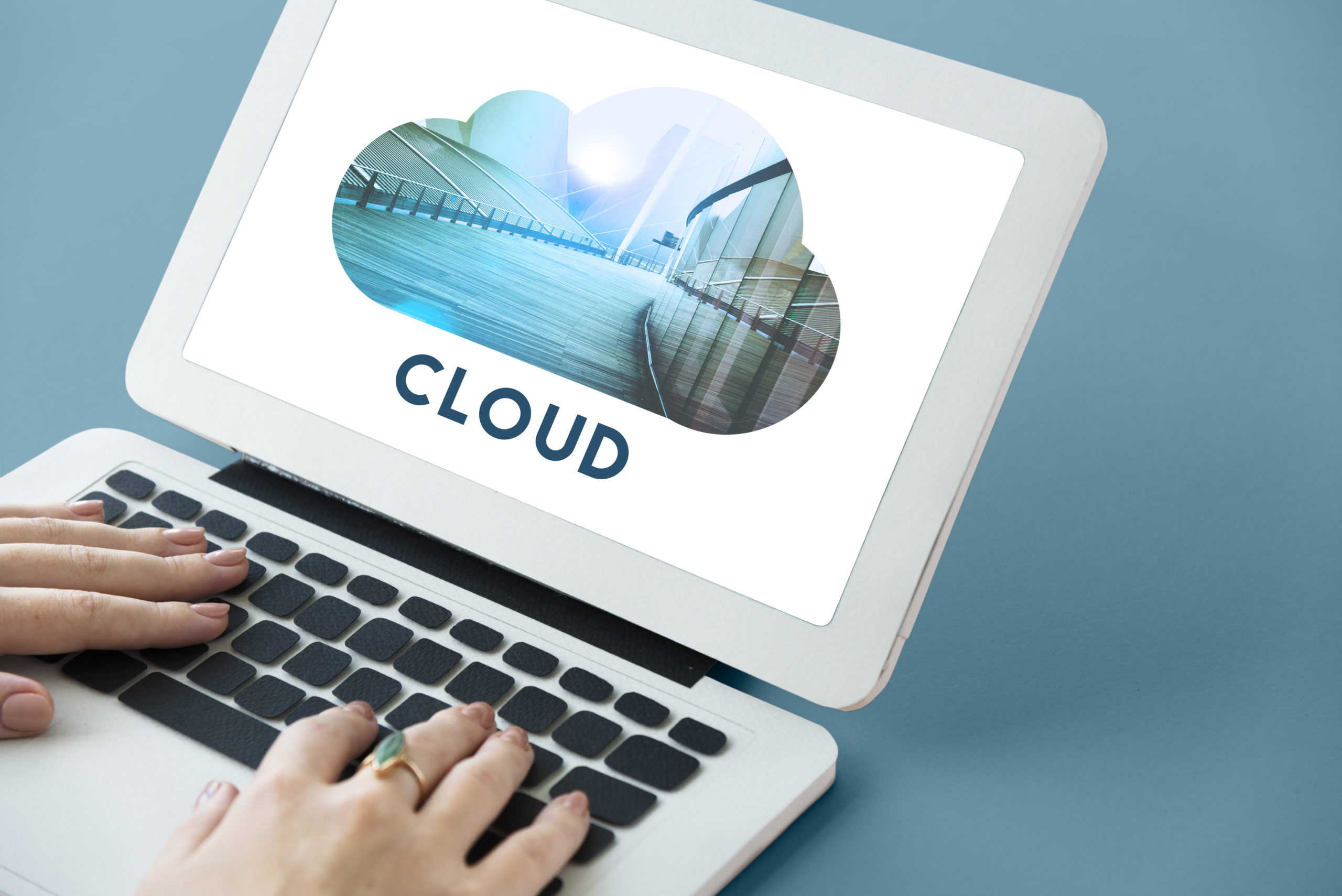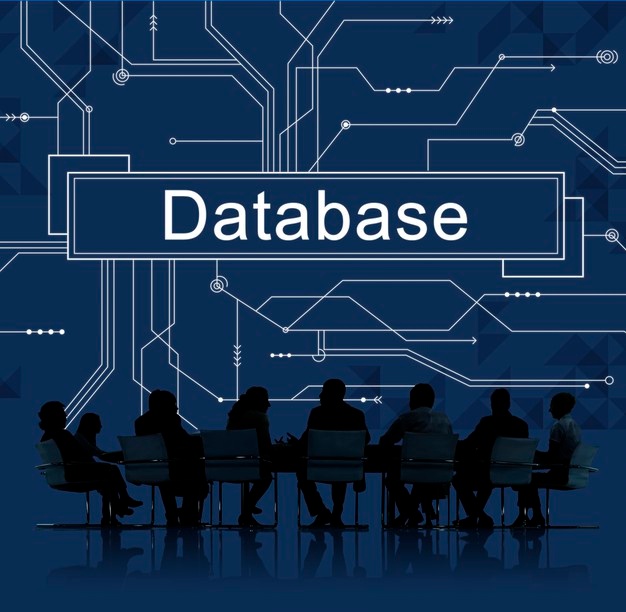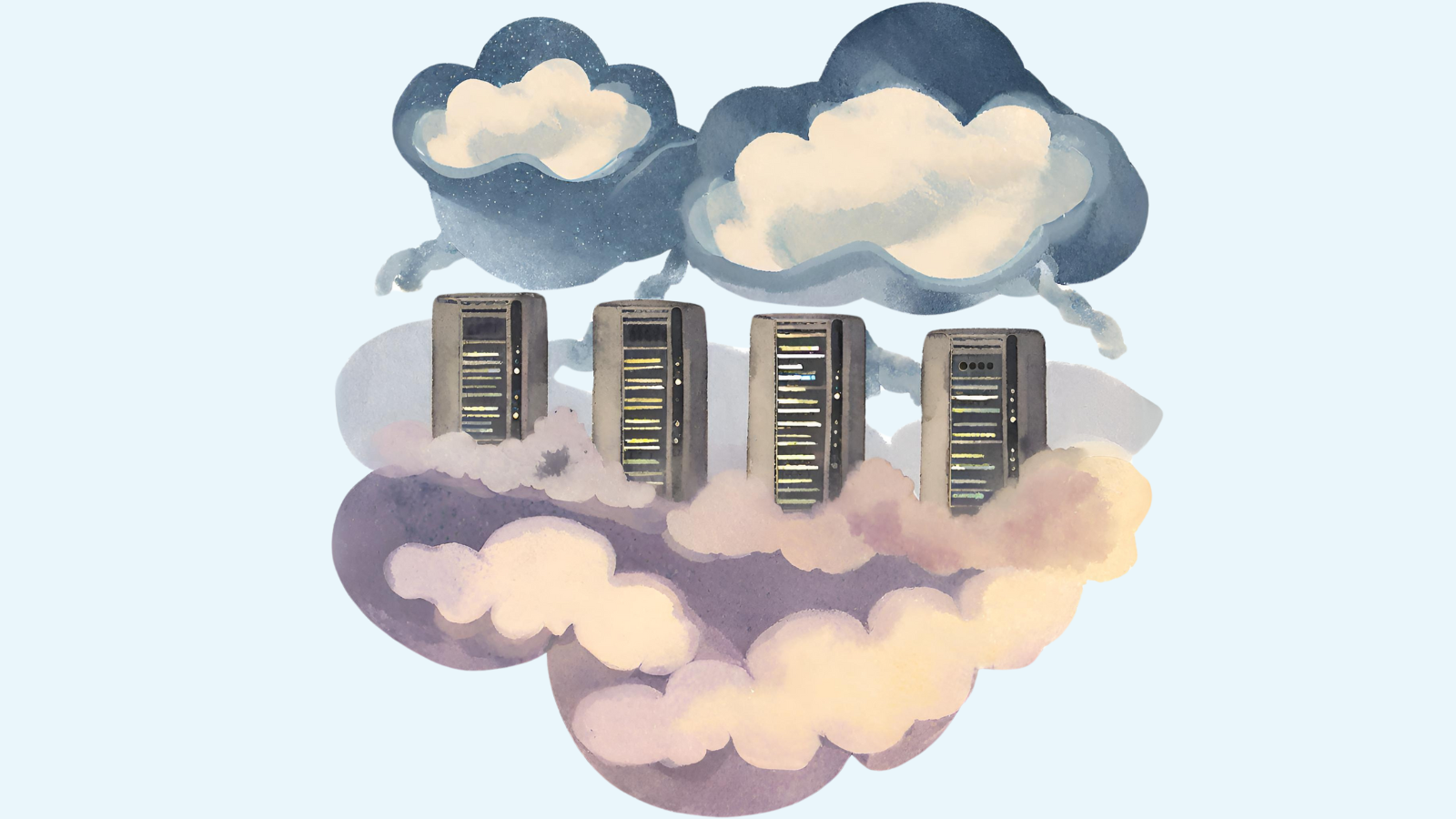For years, database servers were hosted either on-premises or in data centers. It was straightforward to walk down to the actual host where the server was located and see the blinking lights of the server. However, things changed a decade ago when the server moved to the cloud platform of big technology players. AWS, MS Azure and GCP are extremely popular for hosting applications and databases.
Hybrid Cloud Monitoring
While new development is happening on cloud platforms, there have been unique challenges in keeping many legacy databases on-premises. Additionally, government regulations and privacy concerns have kept some databases from moving to the cloud.
This blog post discusses what DBAs look for when managing and monitoring hybrid environments.
Monitoring MySQL
When one has to manage various databases across hybrid environments and particularly on different cloud platforms, there are five prominent needs. If one has to monitor performance for a relational database like MySQL, they need a solution with the following features:
Unified View – DBAs need a single dashboard to view all the parameters and events of interest. It becomes nearly impossible to monitor multiple databases if there are multiple logins and different screen layouts. We all prefer to have a consistent look across multiple systems for clarity and ease of use.
Resource Specific Metrics – If you have a higher-resource configuration machine, it can easily handle a heavy workload. Each workload metric should be evaluated with available resources on the system. For example, 10% available memory on the server with 4 GB RAM and 16 GB RAM translates to a different absolute value.
Limited Visibility – Cloud platform often brings limited visibility into configuration and infrastructure setup. The configuration often changes quickly on the on-premises databases that are not available to modify on the cloud. A cloud offers limited scope and insight into infrastructure.
Dynamic Alert Mechanism – One of the most crucial monitoring aspects is alerts. Without proper alerts, it is impossible to maximise monitoring tools’ utilisation. Think of a scenario where there are 4 different MySQL instances on 4 different environments and cloud platforms, and they all have to report their system-specific updates to the DBA.
Solution-Oriented Advisory – Every parameter, configuration and query have its attributes and value. They do not mean anything without considering other metrics. It is crucial to know the history of each environment before the attributes, and their values are interpreted. Knowing the value and understanding the implication are two different things, and it becomes challenging as the environment changes.
SQL Diagnostic Manager for MySQL
It is never easy to monitor a single database when the workload changes in the real world. When multiple databases are involved in a hybrid environment and on different cloud platforms, the entire situation is like a multi-layered onion. Often the performance troublemakers are hiding under the blindspot of the monitoring solutions.
I prefer to use SQLDM for MySQL to monitor my database in a hybrid environment. This tool supports databases located on the cloud and on-premises. I have successfully monitored MySQL hosted on Monitor Amazon RDS, Azure Database, Google Cloud SQL, and Oracle Cloud Service with SQLDM for MySQL.
Learn how Monyog can make monitoring MySQL databases easier, then start for free for 14 days.



